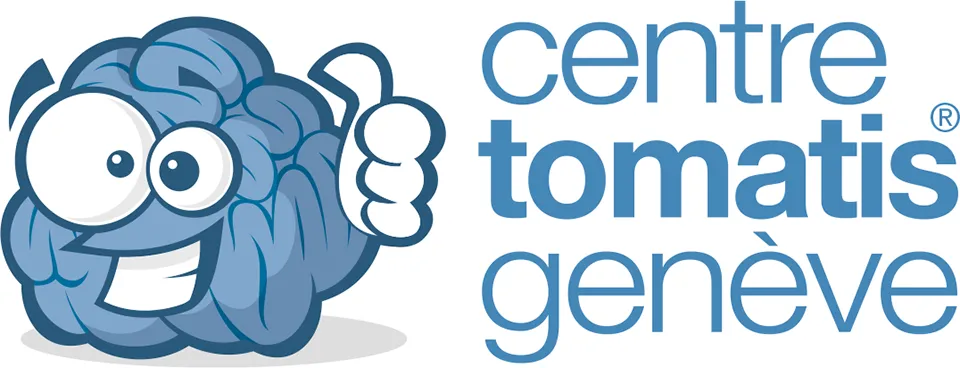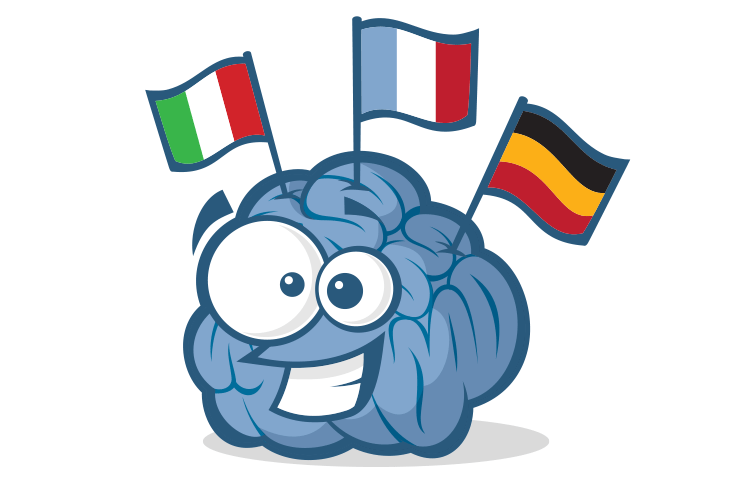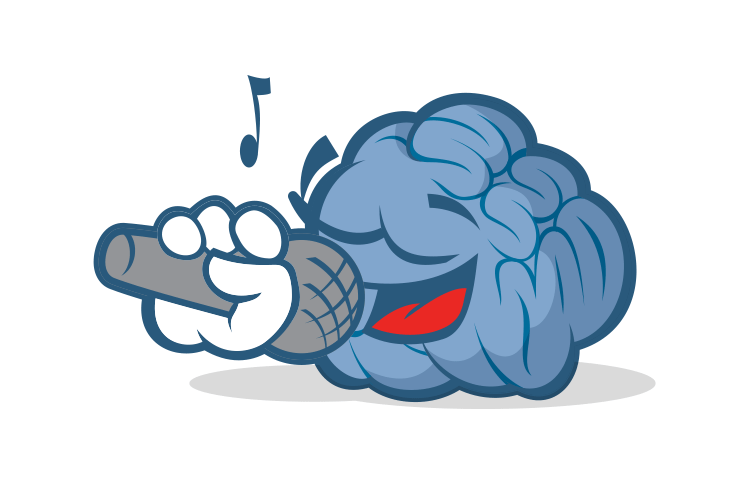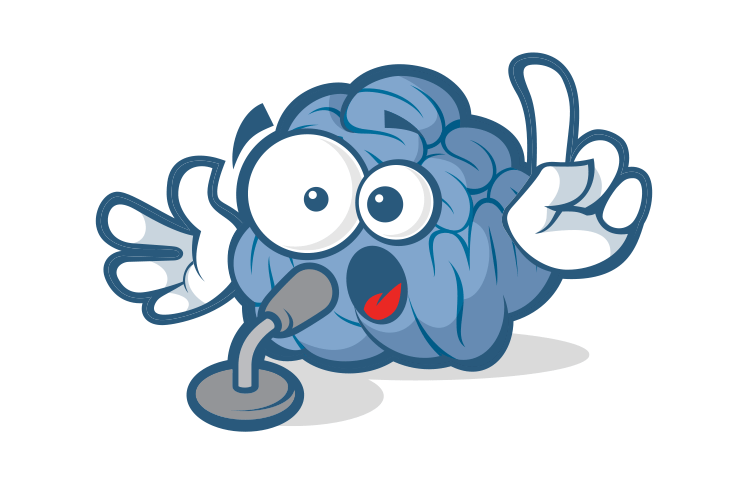Vestibular sensitivity and dizziness
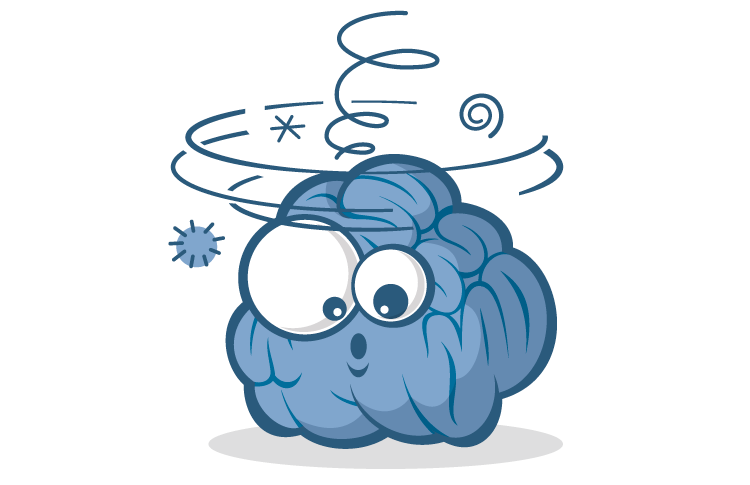
Vestibular sensitivity, what are we talking about?
In a few words, it is a dysfunction of the inner ear leading to various symptoms, especially in the vestibule. When these symptoms are acute, we speak of Meniere's disease. Even today, there are several theories that try to explain the origin of this symptom (too high internal pressure or inflammation of viral origin), on this subject, we invite you to read this very well done article: https://www.revmed.ch/RMS/2001/RMS-2364/21671. What is certain is that it reduces the quality of life of those who suffer from it on a daily basis - sometimes drastically in the case of a ménière. And the treatments usually offered are - by far - not always effective.
When the inner ear is sensitive, it is the vestibule and cochlea that react. The symptoms related to cochlea are well known to the general public, and are generally more or less present tinnitus. Known vestibular symptoms are usually positional vertigo, such as BPPV (benign paroxysmal positional vertigo) and nausea. This is well defined when the symptoms are acute, as in the case of Ménière's disease, but when the symptoms are milder, they are often ignored. Because you can have vestibular sensitivity without having Meniere's disease. To help you know if you are affected, here are a series of symptoms of unknown vestibular origin.
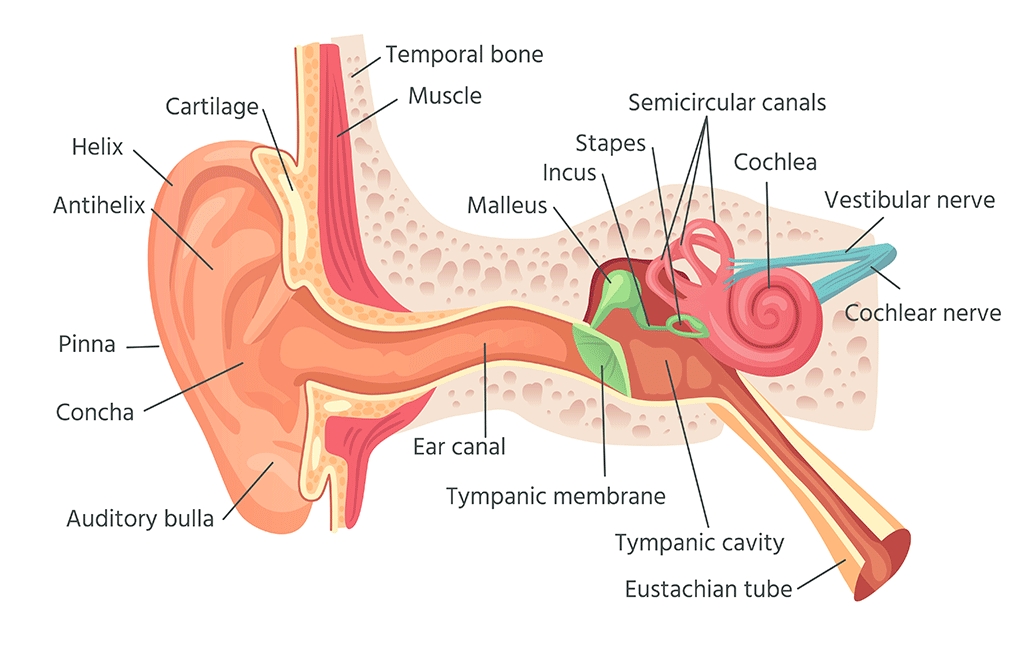
Symptoms related to vestibular sensitivity:
- Dizziness when changing position
- Rotating vertigoes (without changing position)
- Mental confusion
- Excessive fear of vacuum and heights
- Difficulty concentrating, thinking
- Feeling drunk when you haven't been drinking
- Illness
- Difficulty doing sports requiring good balance (stand-up paddle, skiing, climbing, etc.)
- Difficulty understanding what we are told in a noisy environment
- Sensitivity to light
- Nausea, sometimes vomiting
- Marked fatigue in the middle or end of the day
- Need to take regular naps
- Mild to moderate depression
- Poor quality of sleep, and sometimes in certain positions
- Intense dreams, where the physical rules of gravity do not apply (flying, floating in the air, feeling like a roller coaster, anxiety and strange sounds can also occur)
Symptoms related to cochlear tenderness:
- Wheezing, sporadic or constant tinnitus
- Vrombulating, sporadic or constant tinnitus
- Hypersensitivity to noise (hyperacusis)
- Anxiety or even anxiety
- Poor sleep quality due to persistent noise
These symptoms are generally expressed chronically (in more or less marked periods), their intensity may vary. If you recognize one or more of these symptoms, we invite you to take our online test by clicking on the link below: https://silbox.typeform.com/to/vu0EIGwA
Our online test to find out if you have vestibular sensitivity
How is sensitivity in the inner ear treated?
Many drug treatments exist (betahistine, diuretics, antiemetics), but the mechanisms that ensure their effectiveness are still not well understood. The results are not satisfactory and the side effects are not negligible. That's why we have developed an innovative treatment based on focused pulsed red light: laser phototherapy of the inner ear. This, combined with the Tomatis® method, allows us to greatly improve the quality of life of those affected.
Our solution: laser phototherapy for the inner ear and rehabilitation of the stirrup muscle
Photobiomodulation in a few words
Photobiomodulation therapy is defined as the use of non-ionizing electromagnetic energy to trigger photochemical changes in cellular structures that are receptive to photons. Mitochondria are particularly receptive to this process. At the cellular level, the energy of visible red light and near infrared (NIR) light is absorbed by the mitochondria, which are responsible for producing cellular energy called "ATP". The key to this whole process is a mitochondrial enzyme called cytochrome oxidase c, a chromophore, which accepts photonic energy of specific wavelengths. The energy of visible red near infrared (NIR) light is absorbed by the mitochondria and converted to ATP for cellular use, leading to gene transcription and then to cell repair and healing
Our process is based on a photobiomodulation effect of the inner ear cells. The energy of locally scattered red light will allow the cells to regenerate and reduce or even completely stop the pathological (inflammatory) processes that affect the vestibule and cochlea. By doing so, we only stimulate and accelerate the body's natural processes. For those who would like to know everything about photobiomodulation, here is a scientific article https://www.ncbi.nlm.nih.gov/pmc/articles/PMC5436183/
The process is completely painless, non-invasive and without any side effects. The treatment is done at the centre over about ten sessions lasting about half an hour, and an improvement is generally noted after the third session.
The stirrup muscle
The stirrup muscle is another name for the stapedius muscle. It is a small muscle located in the middle ear, and it is the smallest skeletal muscle in the human body. The stapedius muscle is one of three small intrinsic muscles in the middle ear.
It attaches to the stapes, one of the three bones of the middle ear, and to the styloid process of the temporal bone. Its main function is to control the movement of the stapes and to protect the inner ear from loud sounds.
Rehabilitation of the stirrup muscle
Once the inner ear has been regenerated, we begin the second part of the treatment with a rehabilitation of the stirrup muscle according to the Tomatis® method.
For Dr. Tomatis, the stirrup plays a very important role in damping the fluids in the inner ear. When fluids become agitated, they need to be regulated. This is the role of the sling bar. When it malfunctions, vertigo occurs. This dysfunction is often related to stress, which is why many emotions can arise during our treatment.
Concretely, what are the results?
To answer this question, we suggest you read the Paula's testimony and the testimonials below:
Testimonial received on 14.9.2019 - I benefited from the laser phototherapy method at the Tomatis centre and I am fully satisfied with the results obtained and very grateful. Thank you to the Tomatis centre for making this method known, which in my case, allowed me to have a better quality of life. I can only recommend it.
Fernanda P. - Geneva
Testimonial received on 20.4.2020 - Basically, I came to the Tomatis center for a decrease in hearing and tinnitus. However, during the audio-psycho-phonological check-up, Mr. Brother noticed a vestibular sensitivity, and told me the associated symptoms. Two months have passed since my 10 sessions of laser phototherapy, and I have noticed a very clear improvement in my emotional state.
Since my burn-out at the age of 50, the months from February to April have been associated with a depressive state. This year, and despite the Covid-19 crisis and containment, I'm in a completely different dynamic.
It has helped me a lot. I feel really light, good, clear-headed, sociable and I feel like saying hello to everyone. In these beautiful spring days, I appreciate the beauty of nature and am now positive about life.
All these years, I've felt all this heaviness, this darkness. These sessions have freed me from it.
I'm so positive that it has an impact on those close to me: I cheer up my companion, I push him to move, whereas before I was rather aggressive with him. Now I accept him as he is, something has changed. With my ex-husband as well, we started to exchange again, believe me, it was not a foregone conclusion. Besides, my son said to me "It's incredible, you did with dad what I've been telling you to do for years."
Lona O. - 63 years old, in Geneva.
